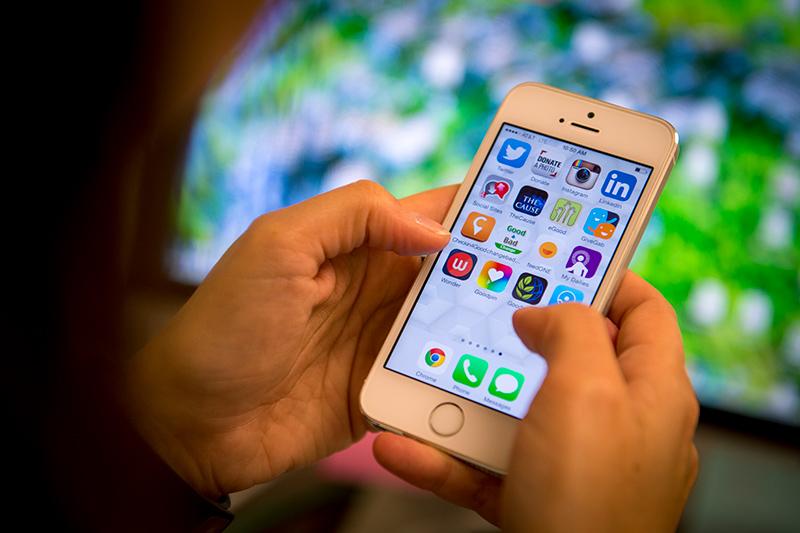Twitter chats can promote healthy behaviors, study says
Looking for ways to keep health-related resolutions, like weight loss and healthy eating? Social media might help.
Conversations on Twitter can lead to engaged, two-way communication about health, according to a recent study published by the Tulane Prevention Research Center (PRC) and its partners at the Centers for Disease Control and Prevention (CDC).
The study, published online in the Journal of Medical Internet Research (JMIR) Public Health and Surveillance, examined communication between public health entities and their audience during a live Twitter chat, hosted by the Tulane PRC and the city of New Orleans’ Fit NOLA initiative, in March 2015. The one-hour conversation was facilitated by each participant using the same hashtag #LiveFitNOLA in their posts.
“This study helps show the importance of social media engagement as a tool for public health promotion,” said Naomi King Englar, PRC communications coordinator, who co-authored the study with staff from the CDC’s own Prevention Research Centers office. “Not only did we find that Twitter chats can be successful in engaging groups and individuals in two-way conversation, we also tested methods for measuring engagement. We hope healthcare and public health practitioners will use these methods, many of which are free and open to the public, in their work to measure social media impact.”
Methods used in the paper included a social network analysis to measure and visualize the connections made during the conversation. An engagement ratio and a return on engagement measurement, based on the number of outgoing and incoming messages between each chat participant, were also used. The authors found that these two measurements provide a simple way for public health practitioners to measure audience engagement on Twitter.
Instructions on how to use the measurements along with an analysis of content posted by participants during the chat were included in the paper. Findings revealed that most posts involved the sharing of health information. Other types of information sharing were health opinions, experiences and questions.


